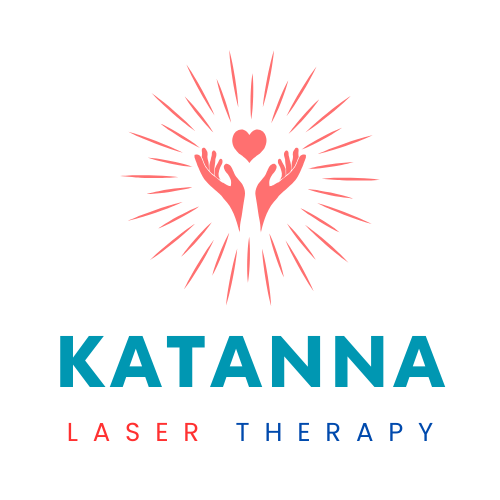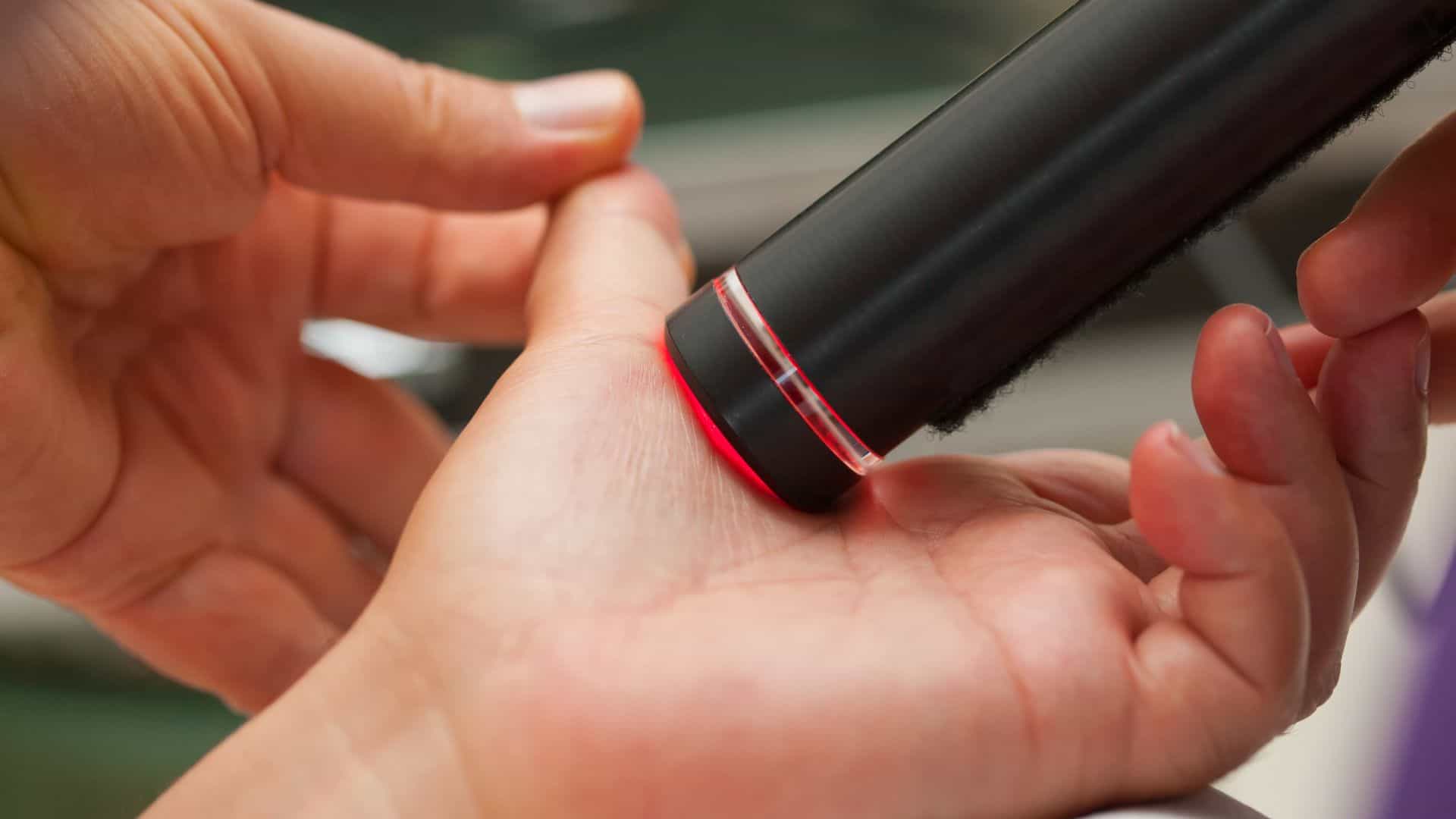Laser therapy harnesses specific wavelengths of light to interact with tissue, enhancing cellular function and reducing inflammation. Types include Low-Level Laser Therapy (LLLT), High-Power Laser Therapy (HPLT), and Photodynamic Therapy. It has diverse applications, such as pain relief for chronic back issues, wound healing, skin rejuvenation, and oncology treatments. Benefits include reduced pain, accelerated healing, and non-invasiveness. However, risks can involve skin damage, eye sensitivity, and temporary discomfort. By exploring further, you will understand its detailed applications, benefits, and precautions.
Key Takeaways
- Laser therapy includes LLLT, HPLT, photodynamic therapy, and fractional laser therapy.
- Medical applications range from laser therapy for pain reduction and wound healing to treating arthritis and tendonitis.
- Benefits include non-invasive pain reduction, accelerated healing, and minimized surgery risks.
- Risks involve skin damage, eye sensitivity, temporary discomfort, and potential infection.
- Cosmetic uses encompass skin rejuvenation, hair removal, acne treatment, and tattoo removal.
What is Laser Therapy?
Laser therapy, also known as photobiomodulation or low-level light therapy (LLLT), is a medical treatment that utilizes specific wavelengths of light to interact with tissue and expedite the healing process. The term ‘LASER’ stands for Light Amplification by Stimulated Emission of Radiation. In medical applications, lasers deliver light energy to the body’s cells, stimulating them to function more efficiently and promote healing.
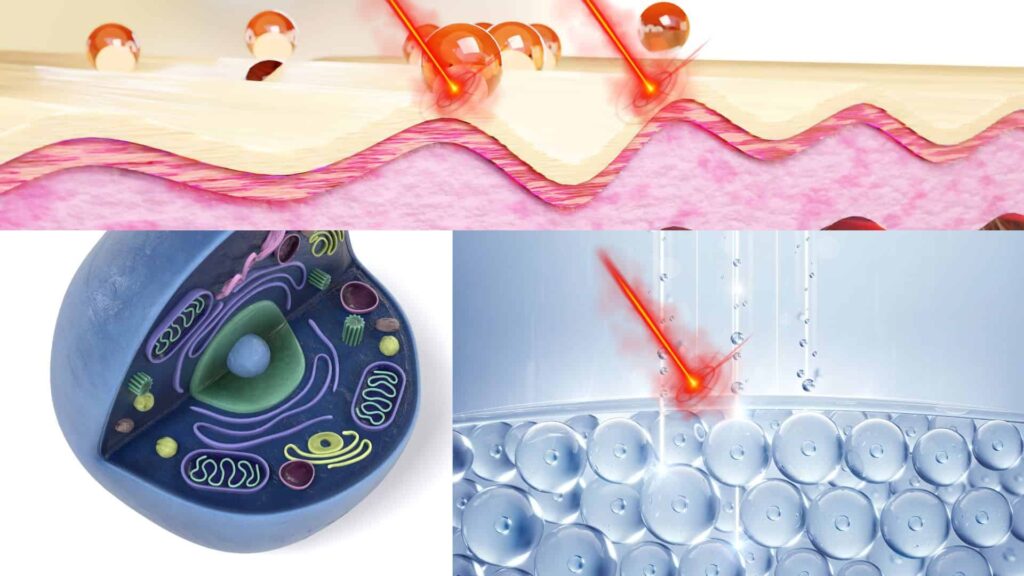
Mechanism Behind Laser Therapy
The core mechanism behind laser therapy is its ability to penetrate the skin with light of certain wavelengths, which is then absorbed by the cells. This absorption triggers a cascade of biological processes. Specifically, the light energy is converted into cellular energy, which enhances cellular functions. This energy conversion is pivotal for reducing inflammation, alleviating pain, and accelerating tissue repair.
Understanding the mechanisms and benefits of laser therapy can aid healthcare professionals in better serving their patients, offering them advanced and effective treatment modalities for a variety of conditions.

Advantages of Laser Therapy
Laser therapy has garnered significant attention in various medical fields due to its non-invasive nature and effectiveness. It has been employed in treating a wide range of conditions, including arthritis, wound healing, chronic pain relief and even certain neurological disorders. By stimulating cellular activity, laser therapy can aid in the regeneration of damaged tissues, thereby promoting faster recovery and improving patients’ quality of life.
Furthermore, this therapy is particularly beneficial for individuals who prefer non-pharmacological treatment options. Its ability to offer relief without the side effects associated with medications makes it an attractive choice for both patients and healthcare providers.
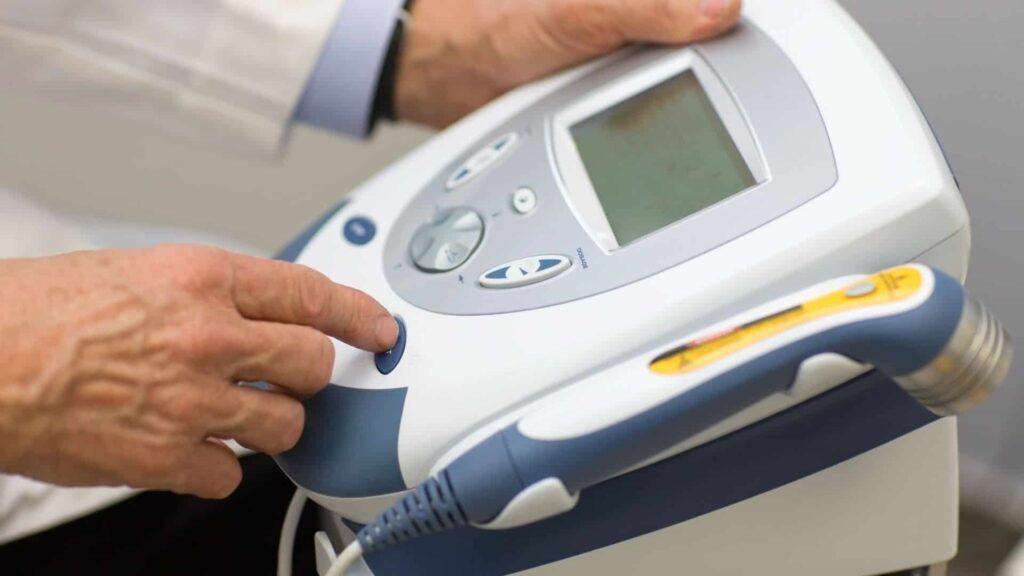
Types of Laser Therapy
Laser therapy encompasses various types, each tailored to specific medical applications and therapeutic outcomes.
Key categories include:
- Low-Level Laser Therapy (LLLT) or Cold Laser Therapy
- High-Power Laser Therapy (HPLT)
- Photodynamic Therapy
- Fractional Laser Therapy
Understanding these types is crucial for determining the appropriate treatment modality for different health conditions.
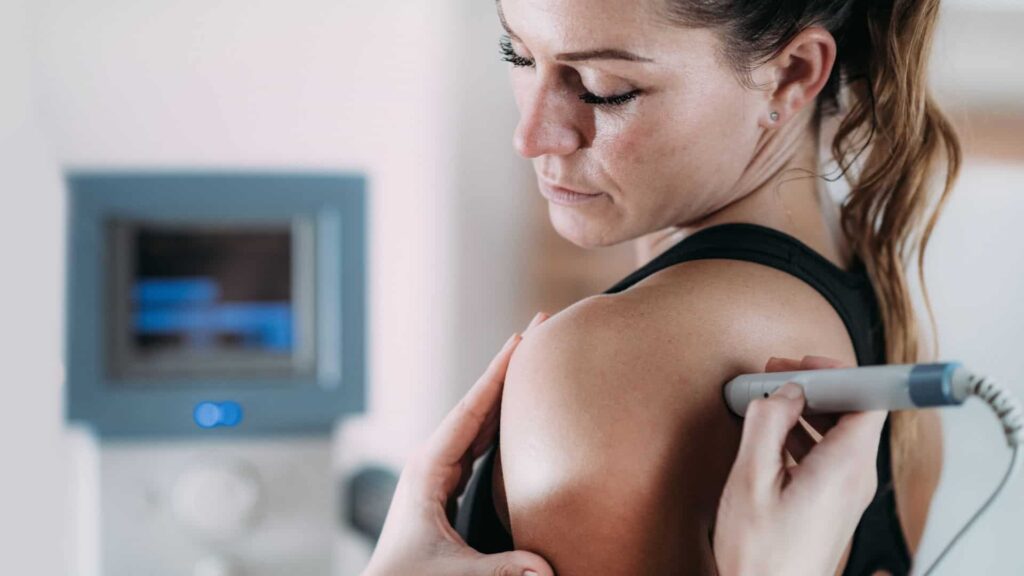
Low-Level Laser Therapy (LLLT) / Cold Laser Therapy
Often referred to as cold laser therapy, Low-Level Laser Therapy (LLLT) utilizes low-intensity lasers to stimulate cellular function and promote healing. This non-invasive treatment method employs light photons, usually in the red or near-infrared spectrum, to penetrate the skin without causing heat or damage.
Uses Of Cold laser Treatment
cold laser therapy is particularly effective in reducing inflammation, reducing pain, and enhancing tissue repair processes, making it a valuable tool in various medical and therapeutic settings.
LLLT has found applications in treating a wide range of conditions, including musculoskeletal injuries, chronic pain, and wound healing. By targeting specific areas with low-intensity laser beams, practitioners can encourage increased blood flow, reduced swelling, and accelerated cellular regeneration.
This therapy is often favored for its minimal side effects and the absence of invasive procedures, thereby offering a gentle yet effective alternative to traditional treatments.
For professionals dedicated to serving others, LLLT represents an innovative approach to patient care, providing relief and promoting recovery without the risks associated with more aggressive interventions. Its ability to support the body’s natural healing processes underscores its growing importance in holistic and integrative healthcare practices.
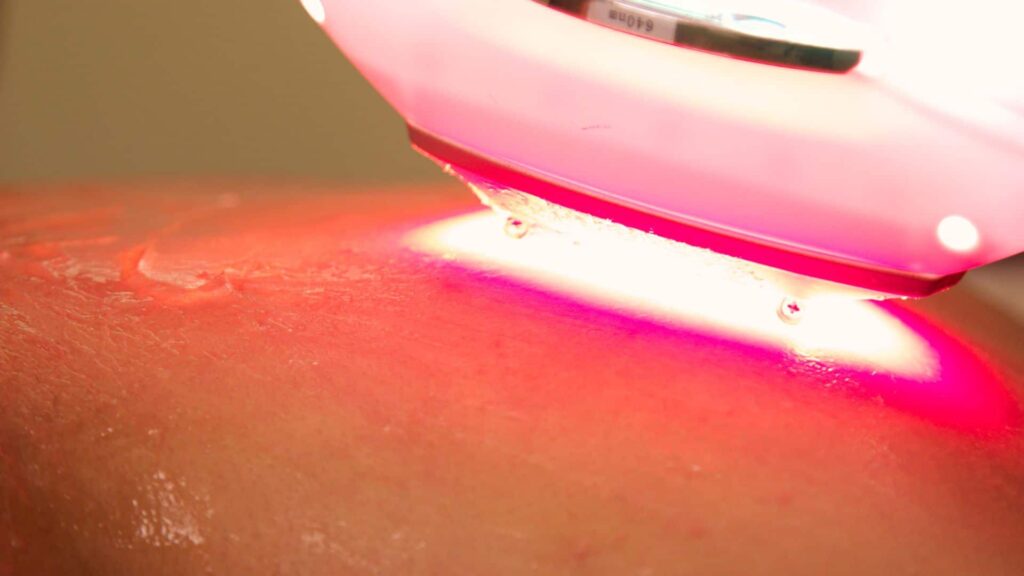
High-Power Laser Therapy (HPLT)
In contrast to Low-Level Laser Therapy, High-Power Laser Therapy (HPLT) employs higher intensity lasers to achieve deeper tissue penetration and more robust therapeutic outcomes. This advanced treatment modality is particularly effective in addressing conditions that require significant tissue regeneration and pain management.
Utilizing laser wavelengths typically ranging between 800 and 1,000 nanometers, HPLT facilitates enhanced cellular repair processes and accelerates tissue regeneration.
Application Of High Power laser
One of the primary applications of HPLT is in the management of musculoskeletal conditions, including mild to moderate chronic pain, arthritis, and sports injuries. The increased energy output facilitates the reduction of inflammation and promotes faster healing of soft tissues, ligaments, and tendons. Additionally, HPLT has been employed in postoperative care to mitigate pain and enhance recovery times.
Practitioners should be attentive to dosage and treatment parameters to maximize the efficacy of HPLT while minimizing potential risks. Given its higher power output, rigorous training and adherence to safety protocols are essential to prevent tissue damage and other adverse effects.
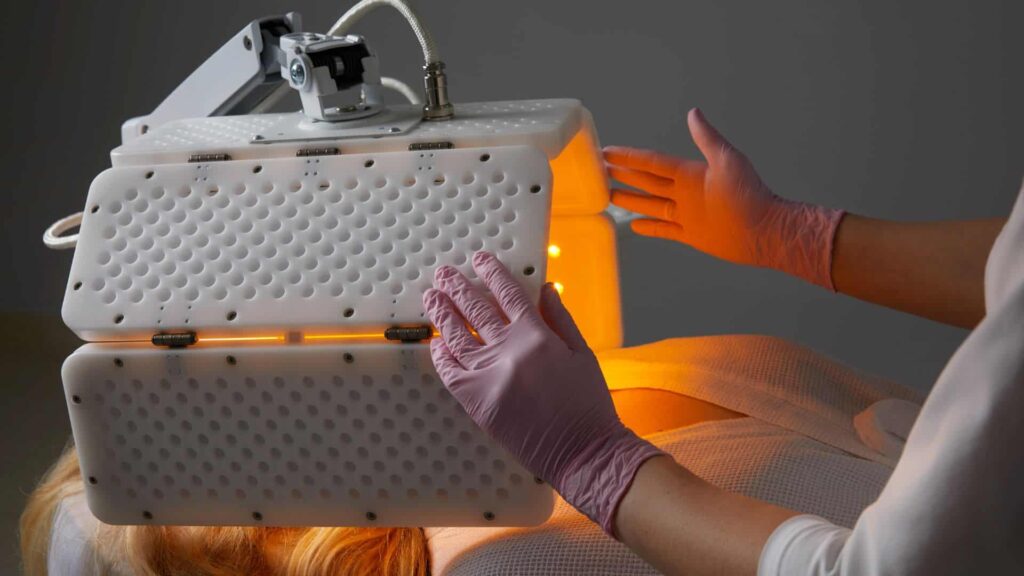
Photodynamic Therapy
Photodynamic Therapy (PDT) employs a combination of light-sensitive drugs and specific wavelengths of light to selectively target and destroy abnormal cells. This treatment modality has shown considerable promise in managing various medical conditions, notably certain types of cancer and precancerous lesions.
Process of Photodynamic Therapy
The process begins with the administration of a photosensitizing agent, which accumulates more readily in abnormal cells than in normal tissues. Following an incubation period allowing for optimal absorption, the targeted area is exposed to a specific wavelength of light, often delivered via laser.
The interaction between the light and the photosensitizer generates reactive oxygen species, leading to localized cell death without extensive damage to surrounding healthy tissues. This precision makes PDT a valuable option for patients seeking minimally invasive treatments with reduced side effects.
Beyond oncology, PDT has applications in dermatology for conditions such as actinic keratosis and certain types of acne.
However, it is essential for healthcare professionals to consider patient-specific factors, including the type of condition, location of the targeted area, and potential photosensitivity reactions. By understanding and leveraging the principles of PDT, practitioners can offer targeted, effective treatments that align with the overarching goal of patient-centered care.
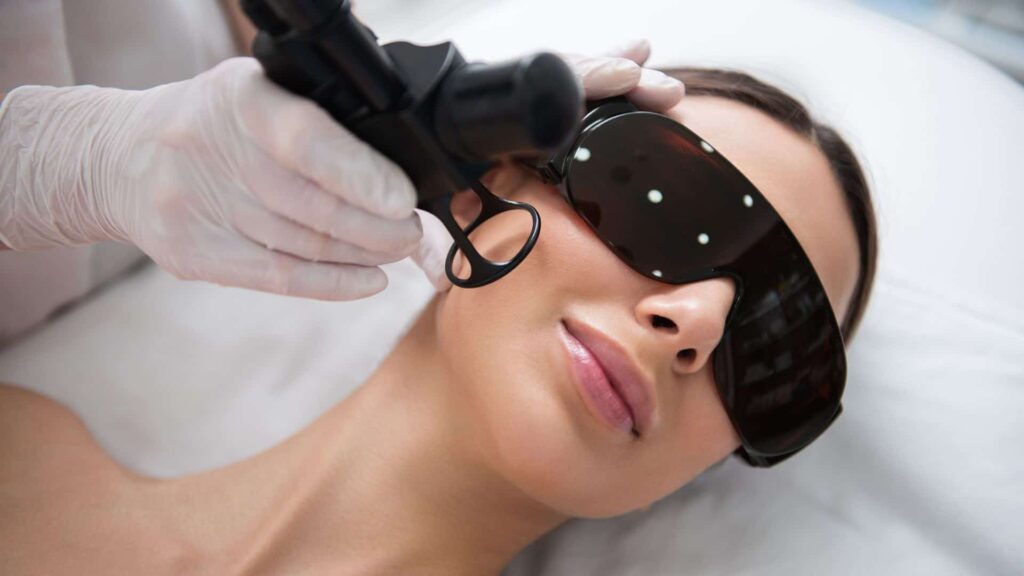
Fractional Laser Therapy
Fractional Laser Therapy represents a significant advancement in laser treatments, offering precise skin rejuvenation and repair with minimal recovery time. This innovative approach works by targeting microscopic areas of the skin, creating thousands of tiny, controlled injuries. As these micro-injuries heal, they stimulate the body’s natural healing processes, promoting collagen production and new skin cell growth. This results in smoother, firmer, and more youthful-looking skin.
Types of Fractional Laser Therapy
There are two primary types of fractional lasers: ablative and non-ablative. Ablative lasers, such as CO2 and Erbium YAG, remove the outer layers of damaged skin, providing dramatic results but requiring a longer recovery period. Non-ablative lasers, such as Fraxel, penetrate deeper without damaging the surface, offering a gentler alternative with minimal downtime. Both types can effectively address various skin concerns, including wrinkles, scars, hyperpigmentation, and sun damage.
For patients seeking to enhance their appearance while maintaining their daily routines, fractional laser therapy is an excellent option. By offering a balance between efficacy and recovery, this treatment allows individuals to achieve their aesthetic goals with minimal disruption, ultimately enhancing their confidence and well-being.
Applications of Laser Therapy
Laser therapy has diverse applications across various fields, including medical, cosmetic, and veterinary practices. It is utilized for procedures ranging from surgical interventions and pain management to skin rejuvenation and hair removal.
Additionally, veterinary professionals employ laser therapy to treat a variety of animal health conditions, enhancing recovery and overall well-being.
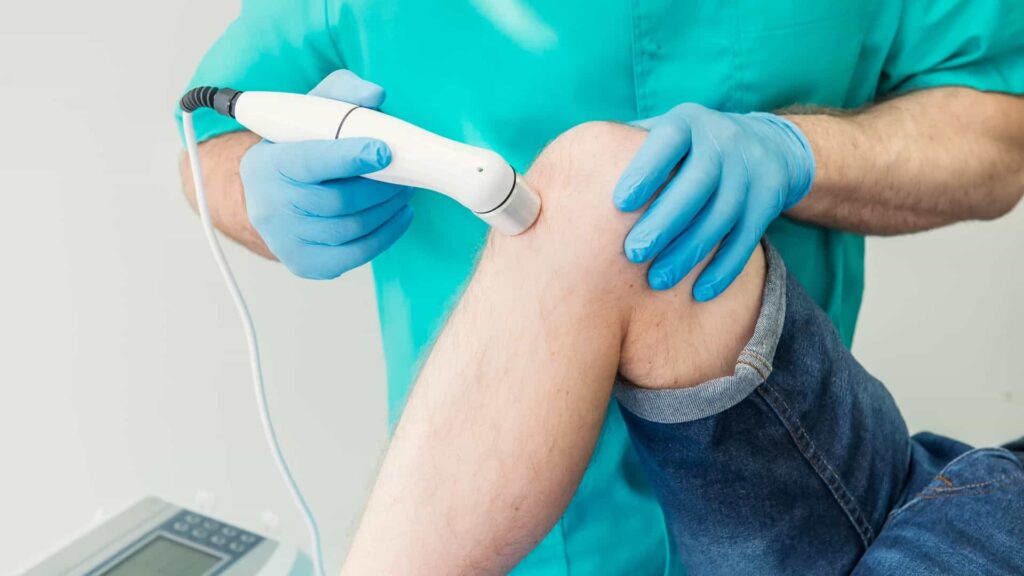
Medical Applications
In modern medicine, laser therapy has emerged as a versatile tool for treating various conditions, ranging from pain management to cancer treatment. This advanced technology is particularly effective in reducing pain associated with chronic back pain, arthritis, and fibromyalgia, offering patients a non-invasive alternative to traditional pain relief methods.
By stimulating cellular activity and increasing blood flow to affected areas, Low-Level Laser Therapy (LLLT) can also accelerate wound healing, making it a valuable resource in post-surgical recovery and the treatment of chronic wounds.
Additionally, laser therapy’s anti-inflammatory properties are beneficial in treating conditions such as tendonitis and bursitis. By reducing inflammation, it helps alleviate pain and restore function, significantly improving patients’ quality of life.
In oncology, certain types of lasers are employed to directly destroy tumors or are used in conjunction with photosensitizing drugs in photodynamic therapy, targeting cancer cells with precision while minimizing damage to surrounding tissues.
The dental field also benefits from laser applications, utilizing them in cavity detection, tooth preparation, and gum disease treatment. These procedures are often less painful, reduce recovery times, and improve clinical outcomes.
Laser therapy continues to revolutionize medical treatments, providing enhanced care and better patient experiences.
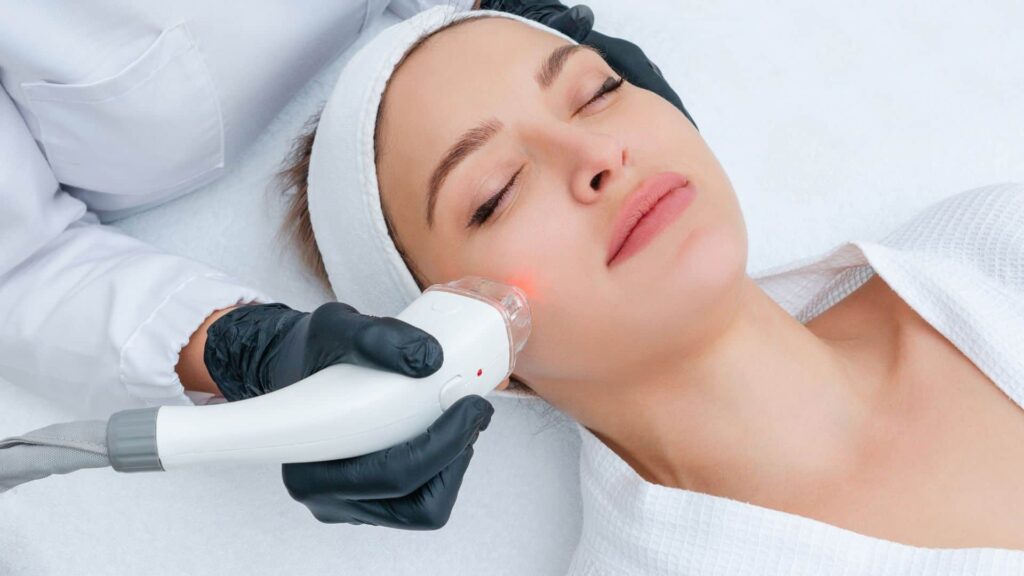
Cosmetic Applications
Many modern cosmetic procedures leverage laser technology to enhance skin appearance, remove unwanted hair, and address various dermatological concerns. Laser treatments for skin rejuvenation, for instance, can significantly improve skin texture, reduce wrinkles, and repair sun damage. This kind of therapy stimulates collagen production, offering a more youthful and revitalized skin appearance, thus empowering individuals to feel more confident in their skin.
Among the most popular uses of laser technology in cosmetics is laser hair removal. This procedure uses concentrated light to target and destroy hair follicles, offering a long-lasting solution to unwanted hair. Its precision and efficacy make it a preferred choice for many seeking smoother skin.
Laser therapy also proves invaluable in tattoo removal. Targeting specific wavelengths allows the laser to break down tattoo ink particles, which the body then naturally eliminates. This process provides an effective method for those looking to remove or alter their tattoos.
Acne treatment is another notable application. Certain lasers can target and eliminate acne-causing bacteria, reducing inflammation and promoting clearer skin. This non-invasive approach not only treats active acne but also helps prevent future outbreaks, thus supporting individuals in achieving healthier skin.
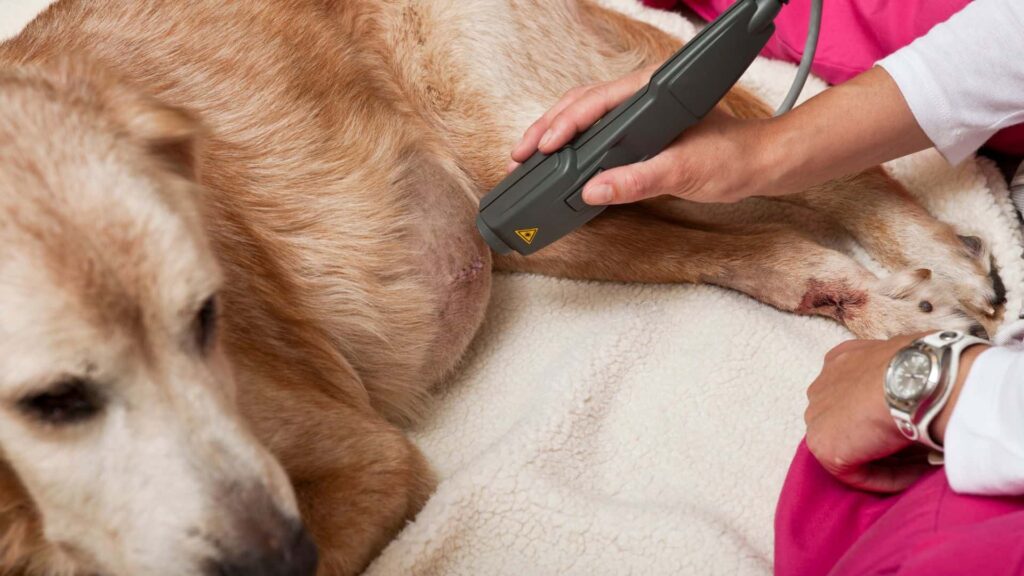
Veterinary Applications
Beyond human cosmetic applications, advanced laser therapy also finds significant utility in veterinary medicine, providing effective treatment for conditions such as arthritis, wounds, and post-surgical pain in animals. This non-invasive modality offers numerous benefits for our animal companions, promoting faster healing and improved quality of life.
In cases of arthritis, laser therapy reduces inflammation and alleviates pain, enhancing mobility and comfort for pets suffering from chronic joint conditions. The photobiomodulation effect of lasers stimulates cellular activity, accelerating tissue repair and regeneration. This can be particularly beneficial for aging pets or those with degenerative joint diseases.
For wounds, laser therapy enhances the body’s natural healing processes. It increases circulation and collagen production, aiding in the closure of both acute and chronic wounds. This approach minimizes scarring and reduces the risk of infection, offering a safer and more effective alternative to traditional wound management methods.
Post-surgical pain is another area where laser therapy excels. It reduces swelling and discomfort, enabling a quicker return to normal activities. By modulating pain signals and decreasing inflammation, laser therapy provides significant relief and supports a smoother recovery process.
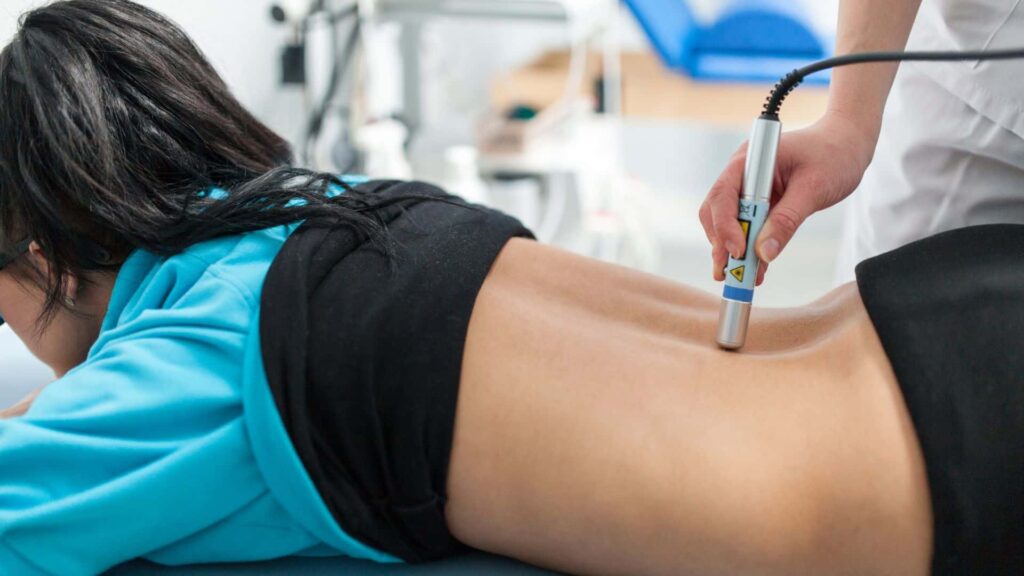
Benefits of Laser Therapy
Laser therapy provides substantial advantages in medical and cosmetic treatments by offering pain relief, promoting faster recovery, and enhancing precision in targeting specific areas.
One of the primary benefits of laser therapy is its ability to reduce pain and inflammation without the need for medication. This is particularly advantageous for patients seeking non-pharmacological options for pain management, thereby avoiding potential side effects associated with long-term medication use.
Another significant benefit is the acceleration of the healing process. By stimulating cellular activity, laser therapy can expedite recovery for various injuries and conditions, making it a valuable tool in both acute and chronic care settings. This is especially beneficial for individuals seeking to resume their daily activities swiftly and with minimal discomfort.
Laser therapy’s minimally invasive nature offers a compelling alternative to traditional surgical procedures. This characteristic not only reduces the risks associated with surgery but also minimizes recovery time and potential complications. Moreover, the precision with which lasers can be targeted ensures that only the affected areas are treated, thereby sparing surrounding tissues and leading to better overall outcomes.
The versatility of laser therapy cannot be overstated. It is effective in treating a wide range of conditions, from superficial skin issues to deep tissue injuries, making it a versatile tool in the medical arsenal. Additionally, laser treatments often result in reduced scarring compared to conventional surgical methods, which is a significant consideration for patients concerned about cosmetic outcomes.
Lastly, certain laser treatments can stimulate collagen production, enhancing skin elasticity and reducing signs of aging. This benefit is particularly appealing in the realm of cosmetic dermatology, where the demand for non-invasive anti-aging treatments is ever-growing.
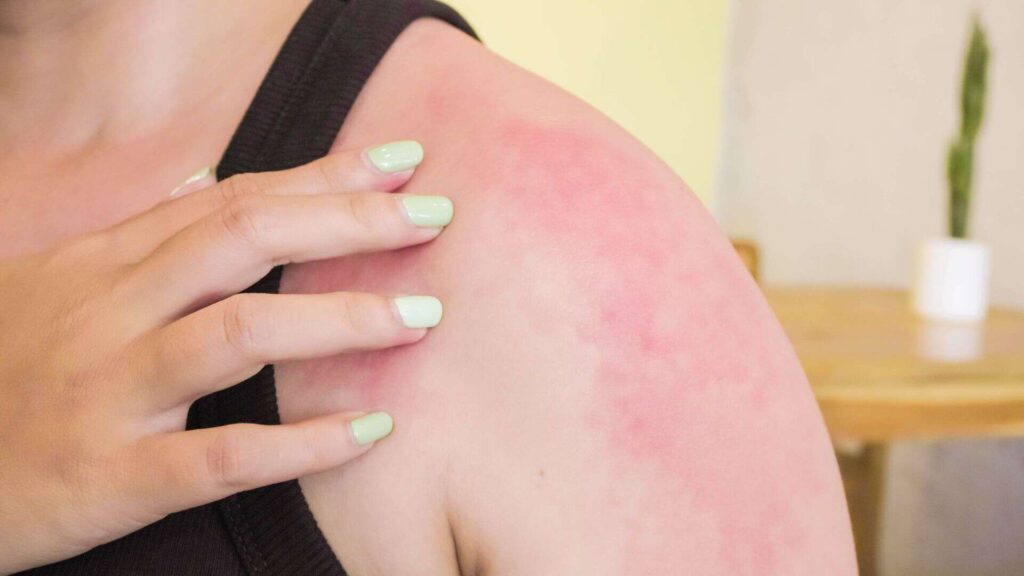
Risks and Side Effects
Understanding the potential risks and side effects associated with laser therapy is crucial for patients and healthcare providers to ensure safe and effective treatments. While laser therapy is generally safe when administered by trained professionals, it is not without its risks.
Skin damage is a primary concern, as improper use of lasers can lead to burns, blistering, or changes in skin pigmentation. This underscores the importance of choosing a certified professional to perform the procedure. Additionally, the eyes are highly sensitive to laser light. Direct exposure can cause significant damage, making protective eyewear essential during all laser treatments.
Temporary discomfort is another common side effect. Patients may experience redness, swelling, or mild pain in the treated area, though these symptoms typically subside within a few days. More concerning, however, is the risk of infection, particularly in procedures that break the skin barrier. Proper sterilization and post-treatment care are critical to minimizing this risk.
It’s also important to note that not all skin types are equally suited for every type of laser treatment. Individuals with darker skin tones may face higher risks of pigmentation changes or other adverse effects. This necessitates thorough pre-treatment consultations to tailor the approach to each patient’s unique needs.
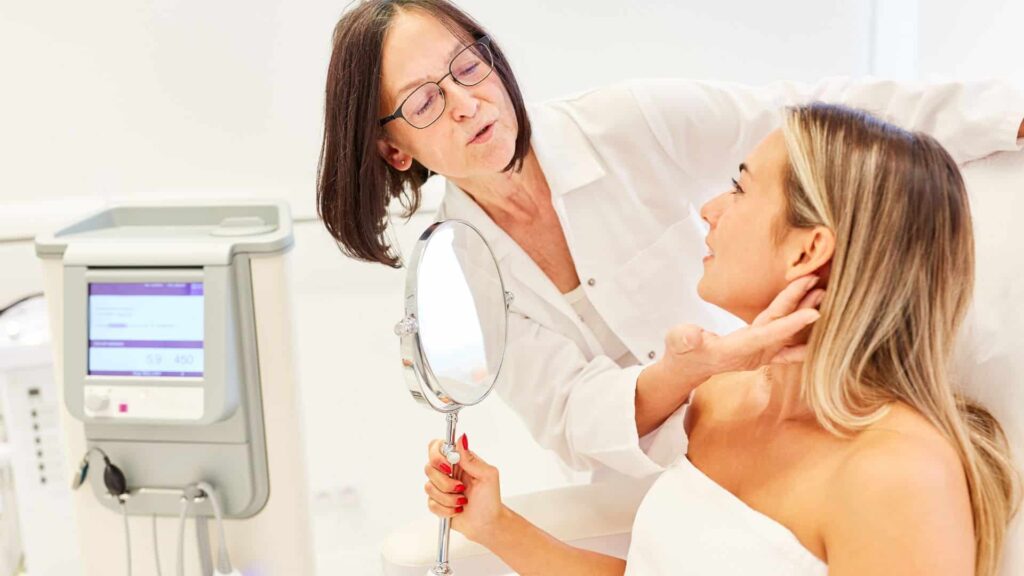
The Laser Therapy Procedure
After considering the potential risks and side effects, the next step involves understanding the detailed process of the laser therapy procedure. This knowledge is crucial for both practitioners and patients alike, ensuring that everyone involved is well-prepared and informed.
The laser therapy procedure generally involves several key steps:
- Consultation: Initially, a thorough consultation with a healthcare provider is essential. During this stage, the provider will assess your specific condition and determine if laser therapy is an appropriate treatment option. This personalized approach ensures that the therapy is tailored to meet the individual’s health needs.
- Preparation: Once deemed suitable for laser therapy, the treatment area will be meticulously cleaned to prevent any infections. Additionally, to protect both the patient and the healthcare provider, protective eyewear is provided. This step safeguards against the potential harmful effects of laser exposure to the eyes.
- Treatment: The actual treatment involves applying the laser device to the designated area. Patients might experience a warming sensation or mild discomfort, which is typically well-tolerated. The duration of the treatment can vary, ranging from just a few minutes to an hour, depending on the complexity and type of procedure. It’s not uncommon for multiple sessions to be necessary to achieve optimal results.
Understanding these steps helps in setting realistic expectations and fosters a sense of readiness.
For those committed to serving others, being informed about the procedural aspects of laser therapy ensures that they can provide the most effective and compassionate care. This preparedness not only enhances the therapeutic outcome but also reinforces the trust and confidence between the patient and the practitioner.
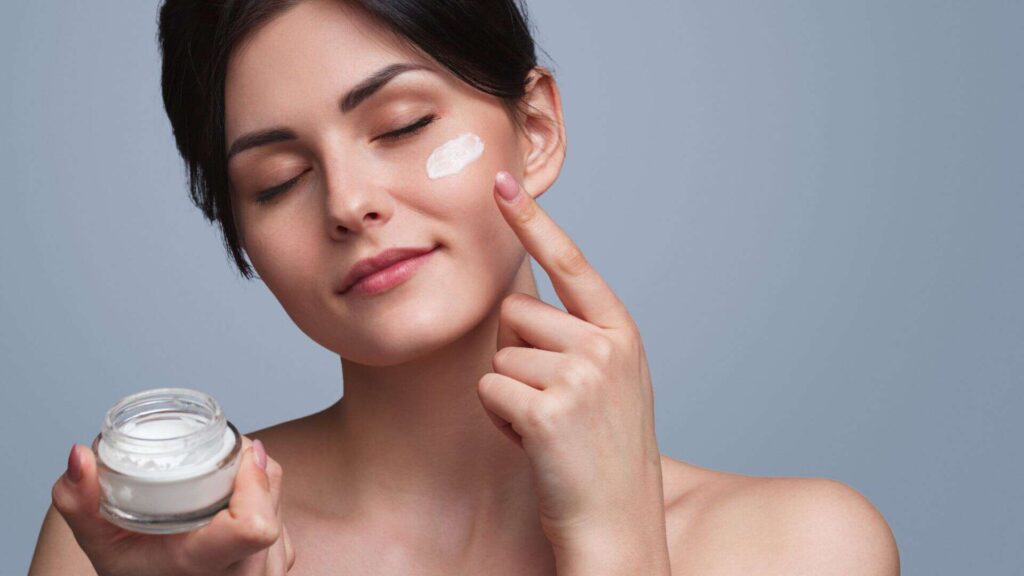
Recovery and Aftercare
Proper recovery and diligent aftercare are essential to maximize the benefits and minimize the risks associated with laser therapy. Following a laser therapy session, patients can typically expect a swift recovery, with many resuming regular activities almost immediately. However, adhering to specific aftercare guidelines is crucial to ensure optimal results and prevent complications.
Aftercare Guidelines
One of the primary recommendations for post-laser therapy care is to avoid sun exposure on the treated area. Ultraviolet rays can interfere with the healing process and may lead to hyperpigmentation or other skin issues. Applying a broad-spectrum sunscreen with a high SPF can provide additional protection if sun exposure is unavoidable.
Moisturization is also pivotal in the aftercare regimen. Patients are usually advised to apply a gentle, non-irritating moisturizer to the treated area. This helps to maintain skin hydration, reduce dryness, and promote healing. In some cases, healthcare providers may suggest specific topical treatments tailored to the individual’s skin type and the nature of the laser procedure.
While most patients can return to their daily routines quickly, it is advisable to temporarily avoid strenuous activities. Physical exertion can increase blood flow to the treated area, potentially exacerbating swelling or redness. Patients should follow their healthcare provider‘s guidance on when it is safe to resume exercise and other vigorous activities.
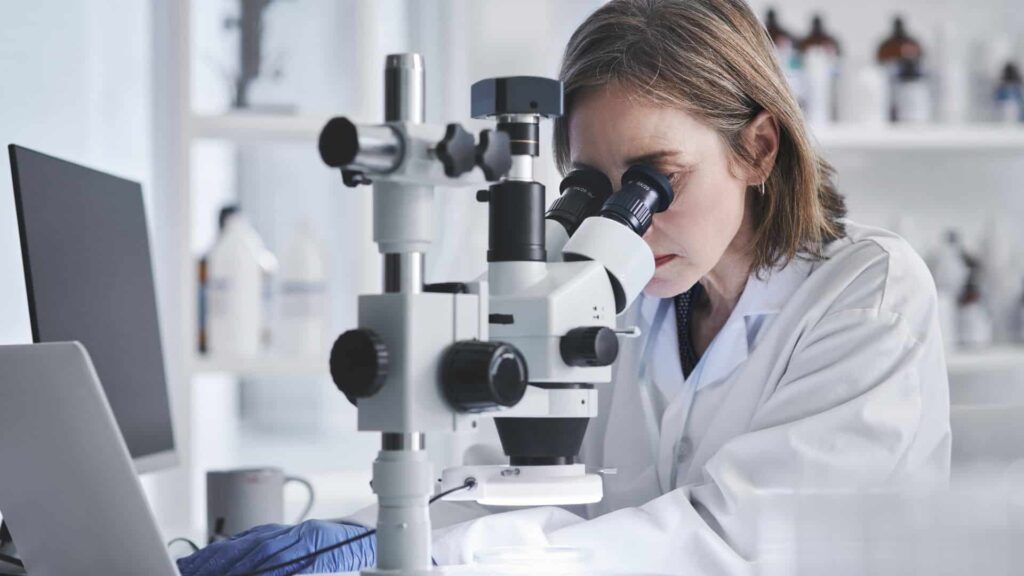
Effectiveness and Scientific Evidence
The effectiveness of laser therapy has been substantiated by a wealth of scientific evidence across a range of medical and dermatological applications. Numerous studies and systematic reviews underscore the efficacy of this treatment modality, providing a robust foundation for its use in clinical practice.
For example, a systematic review published in the journal ‘Lasers in Medical Science’ offers compelling evidence for the use of Low-Level Laser Therapy (LLLT) in alleviating pain associated with chronic joint disorders, highlighting its potential to significantly improve patients’ quality of life.
Laser therapy has also shown remarkable success in promoting wound healing, particularly among diabetic patients grappling with chronic wounds. The targeted application of laser energy accelerates tissue repair and reduces healing time, presenting a vital tool for healthcare providers committed to enhancing patient outcomes.
In dermatology, laser treatments have proven their effectiveness in addressing a variety of skin conditions such as acne, rosacea, and photoaging, thereby offering a non-invasive alternative to more conventional treatments.
To emphasize the wide-ranging benefits and emotional impact of laser therapy, consider the following:
- Pain Relief: The ability to alleviate chronic pain can profoundly enhance the daily lives of countless individuals, offering them newfound freedom and comfort.
- Accelerated Healing: Diabetic patients with chronic wounds can experience faster recovery times, reducing their risk of complications and improving their overall health.
- Skin Rejuvenation: Effective treatments for skin conditions contribute to improved self-esteem and confidence, positively affecting patients’ social and emotional well-being.
While the effectiveness of laser therapy can vary depending on the specific condition, type of laser used, and individual patient factors, ongoing research continues to explore new applications and refine existing treatments, promising even greater advancements in the future.

Choosing a Laser Therapy Provider
Selecting a qualified laser therapy provider is paramount to ensuring both the safety and effectiveness of your treatment. As you embark on this journey, it is essential to consider several key factors that will help you make an informed decision.
First and foremost, verify the qualifications of the provider. Ensure they are properly trained and certified in the specific laser treatment you are seeking. Certifications and training indicate that the provider has met essential standards and possesses the necessary skills to perform the procedure safely.
Experience is another critical factor. Look for providers with extensive experience in the particular treatment you need. Experienced practitioners are more likely to have refined their techniques and encountered various scenarios, thereby increasing the likelihood of a successful outcome.
The type of laser technology used is also significant. Ask the provider about the laser equipment they utilize and its suitability for your specific condition. Modern, state-of-the-art technology often offers improved precision and reduced risk of complications.
Safety measures cannot be overlooked. Inquire about the safety protocols in place, including the use of eye protection and skin cooling methods. These measures are vital in preventing potential side effects and ensuring a comfortable experience.
Furthermore, a reputable provider should offer a thorough consultation before commencing any treatment. This session should involve a comprehensive assessment of your suitability for the procedure and a detailed discussion of the potential risks and benefits. Such consultations are indicative of a provider’s commitment to patient care and ethical practice.

Questions to Ask Before Treatment
When considering laser therapy, it is crucial to ask pertinent questions to ensure the treatment aligns with your specific needs and expectations. Engaging in an open dialogue with your healthcare provider can help you make informed decisions and optimize your treatment outcomes.
Below are key questions to consider:
- What type of laser is being used, and why is it appropriate for my condition? Understanding the specific laser technology and its suitability for your condition will provide clarity on how the treatment works and why it is chosen over other options. This knowledge can enhance your confidence in the procedure.
- How many treatments will I need, and what results can I expect? Knowing the estimated number of treatments required and the expected outcomes can help you set realistic goals and plan your schedule accordingly. This information is vital for managing your time, resources, and expectations.
- What are the potential side effects, and how can they be minimized? Awareness of possible side effects and strategies for minimizing them is crucial for your safety and comfort. This question is essential for understanding the risks involved and how to mitigate them effectively.
Additionally, inquire about the recovery process, including any activities you should avoid, to ensure a smooth and successful healing period. Understanding the post-treatment care and potential restrictions will help you prepare adequately.
Lastly, consider asking about alternative treatments to ensure you are choosing the best possible option for your condition. Exploring different avenues might offer more suitable or complementary treatments that align with your goals.

Summing up Laser Therapy
In summary, laser therapy frequently offers a versatile and effective solution for a variety of medical and cosmetic conditions, provided it is administered by qualified professionals. This advanced treatment modality has revolutionized areas such as pain management, wound healing, skin rejuvenation, and hair removal, demonstrating its wide-ranging applications and significant benefits.
However, it is crucial to acknowledge that the success and safety of laser therapy hinge on the expertise of the practitioner. Selecting a reputable provider and engaging in a thorough consultation are essential steps to ensure that the treatment aligns with your specific needs and concerns. This diligence helps mitigate potential risks and enhances the likelihood of achieving the desired outcomes.
Moreover, as technology progresses, the scope of laser therapy continues to expand, promising even more innovative applications in the future. These advancements hold the potential to further improve health and well-being, offering new avenues for treatment and care. Staying informed about these developments can help individuals make educated decisions about incorporating laser therapy into their healthcare regimen.
Learn about our Katanna Laser Treatment
